The Return of the Benin Bronzes: Part of the Past or Pathway to the Future?
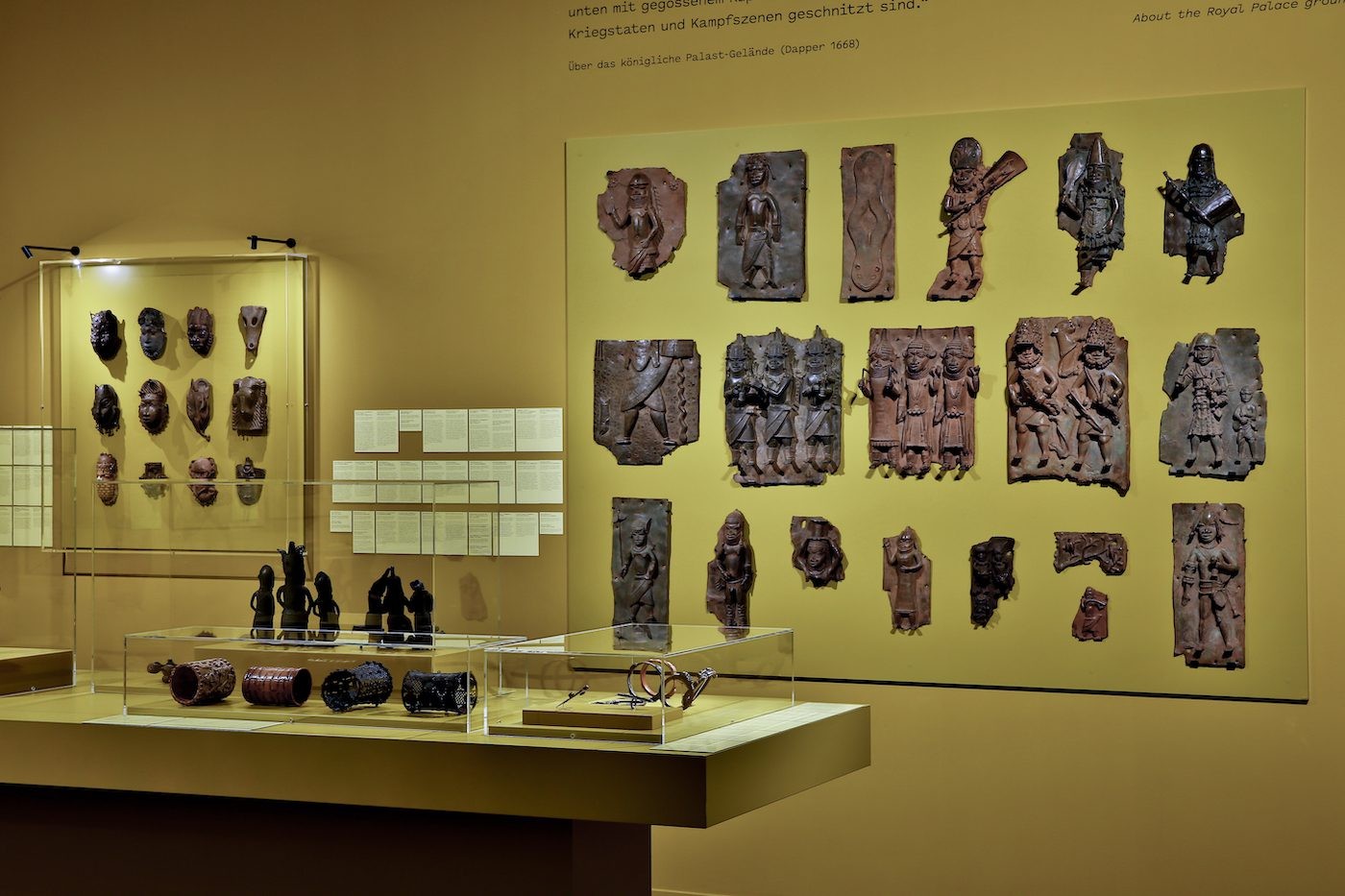
25 October 2023
Magazine C& Magazine
Words Agwu Enekwachi
7 min read
Agwu Enekwachi recently participated in a roundtable discussion in Abuja on the impetus and action around the promised return of the Benin Bronzes.
Organized by the Society of Nigerian Artists (SNA) Abuja Chapter, in collaboration with Goethe Institut, a roundtable on the Benin Bronzes took place in May at the city’s Thought Pyramid Art Gallery. The event, well-attended by arts and culture stakeholders, diplomats, the art community, students, and the general public, was part of an intended wider town-hall discussion on the return of the Benin Bronzes – also touching on other looted artefacts – to be held in three Nigerian cities: Abuja and Benin as well as Lagos. The panellists were drawn from various sectors of arts and culture in Nigeria, spanning art production, preservation, and history, but also included the German deputy ambassador to Nigeria, Martin Huth.
Returning artefacts inappropriately taken from Nigeria by some Western countries during the colonial era appears to be a settled matter, as most stakeholders agree that it is the right thing to do. There have been calls to repatriate these artworks since the 1970s, especially after the FESTAC 77, the Second World Black and African Festival of Arts and Culture; Huth said this was simultaneous in Nigeria and Germany, for as Nigeria increasingly sought the return of its stolen artefacts from 1977 onwards, younger generations in Germany started to interrogate the past, arguing that keeping African artefacts, or those from any other place, was no longer tenable either morally or legally. Much later, in 2017, a new tempo was added to these now familiar calls when French President Emmanuel Macron promised in a letter that “returning African stolen artefacts would be a top priority over the next five years.” Other Western countries and Western art institutions with large and small holdings of such artefacts then made commitments of return. Seven years later all we have are trickles – but there is hope.
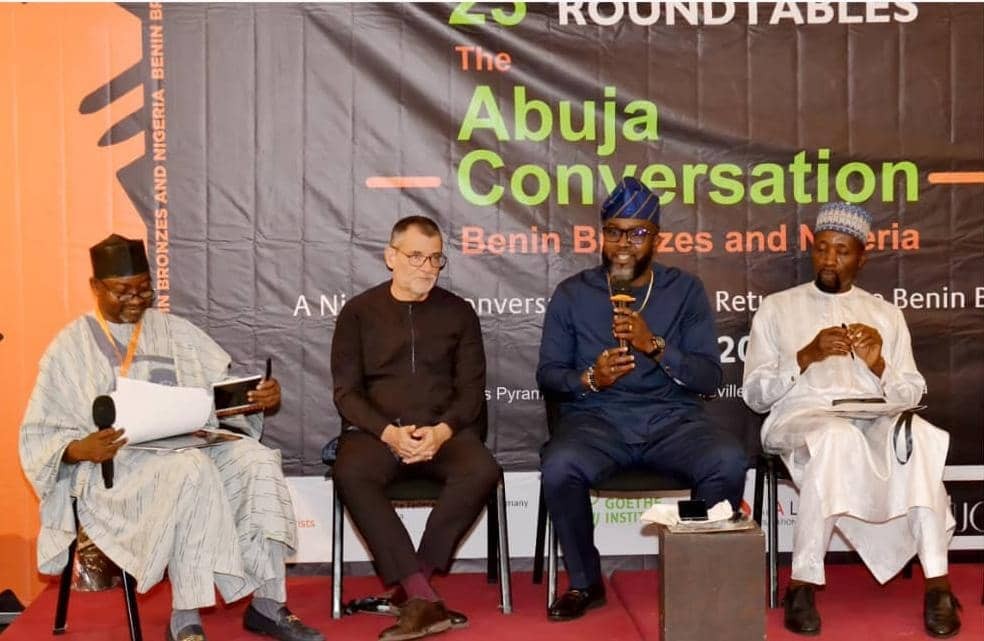
<figcaption> (from left to right) Prof. Gambo Duniya, Martin Huth, Ayo Oyalowo, Muhammad Suleiman. Photo: Billz photography
In 2021 and 2022, due to years of negotiations and diplomatic actions, we saw more artefacts returned than at any other time. In late 2021, the authorities of Jesus College at Cambridge University in the UK returned a bronze cockerel to Nigeria. In October 2022, the Nigerian government received another thirty-one Benin Bronzes from three US-American institutions: The Smithsonian National Museums of African Art, the National Gallery of Art, and the Rhodes Island School of Design. London’s Horniman Museum returned six objects in November 2022. Twenty-two bronzes were handed over by Germany to Nigeria in February 2022. My online research indicates that the total number of artefacts returned so far is under a hundred out of thousands. But there are many ongoing processes that will hopefully see more returned to their places of origin in Nigeria, Egypt, Cameroon, Uganda, the Benin Republic, Ghana, and many other countries.
Repatriation processes are slow and sometimes entangled in mazes of conditionality. As Huth put it, “It is not about throwing the objects into containers and shipping them to the receiving country.” For him, returning artefacts has to be hinged on training, diplomacy, and museum cooperation between the countries involved. Mohammed Suleiman, national president of the SNA, believes that at this point, we should know more about the number of artefacts being returned. “We believe funds must have been generated from these artworks,” he said, although this is not generally being discussed. Such revenues, argued Suleiman, could contribute to building museums in Nigeria if specific ways of housing the artefacts become a condition for return.
High expectations emerged around Macron’s letter and the re-awakened call seven years ago, but the homecoming so far of only a tiny fraction of the huge number of items involved has left many with a feeling of anti-climax. Feet-dragging and an outright unwillingness on the part of some European countries and institutions are evident. This situation inspired one of the colloquium’s themes: “self-serving cultural diplomacy, or a service to Nigeria?” What we seem to have in abundance is a continuous stream of rhetorical words and texts on returning the artefacts, but little real progress. Shouldn’t more artworks have been returned – has there not been too much back-and-forth instead? And if repatriation must involve foreign intervention for building the infrastructure to house these artefacts, how long does it take to build a museum?

<figcaption> A section of the audience at the Abuja Conversation. Photo: Billz photography
The other theme was: “Are the Benin bronzes only a part of history or a pathway to the future?” The Abuja conversation was the first of its kind undertaken by the SNA – or indeed any similar body – and could not provide all the answers. Feedback from participants affirmed that the artefacts are a vital part of the people’s history. Ken Okoli, professor of art history at the Ahmadu Bello University, Zaria, argued that the strong attachment of the crown and the people of Benin to their indigenous arts and culture has not been severed. A presentation by Prince Akeni Prosper, a descendant of Benin’s royal family, showed that the cultural heritage of and societal linkages to the Benin Kingdom are still intact despite the incursions of Christianity and modernity. Okoli pointed out that the artefacts are not just aesthetic objects but connections vital to constructing pathways towards our future.
Conversations are necessary for charting any future. They are also an opportunity to exchange views on a promise and the processes required for achieving it. Opinions expressed in the roundtable were not far from views expressed more generally in formerly colonized countries regarding the return of Africa’s stolen artefacts. The problem lies in the tiny number of actual returns. “Ideally, we should be talking about how the countries and institutions who have benefited from this looting of artefacts should make reparations and not give conditions,” Suleiman insisted. The worst part is that some European countries and institutions have maintained a stony silence, particularly Britain, whose colonial enterprise was responsible for most of the incidents of thieving. Appallingly, in the UK a 1965 law stating that looted artefacts are legitimate spoils of war is still in operation. This law must be removed to make room for righting the wrongs of the past. Even France, whose president made a firm policy statement on returning the artefacts, has done little except return a few works to the Republic of Benin, one of Nigeria’s West African neighbours and a former French colony.
Despite the confidence displayed by most people in asking for the return of the artefacts, Zakaria Adamu of the National Gallery of Art, Abuja, expressed concern about the state of public museums in Nigeria, which may not adequately cater for valuable artefacts. Adamu noted that some museum holdings are neglected or have gone missing. “This will not help serve the noble purpose of returning the artefacts,” he said, and may indeed lead to the works being stolen and sold in the dark private collections of the West. Some Europeans have expressed similar views as a reason for their feet-dragging. Some roundtable participants lamented the absence of a binding agreement to compel the countries or institutions involved to make reparations within a time limit. And even if an agreement did exist, whose duty would it be to enforce it? Ultimately, everything depends on people’s sense of right and wrong.
As the SNA, softly supported by Goethe Institut, prepares to hold the other two iterations of the conversations in Benin City and Lagos, it seems that it will still take a while for the process of returning the artefacts to be completed. “The plan to fund a future museum in Benin City is ongoing,” said Huth. “Its design has been completed, and work on it started.” Outside public museums, privately funded museums are springing up in Nigeria and other parts of the continent to possibly house these artefacts and put them to better use. Conversations like this must continue, but it seems that those of us hoping to see the long-gone masterpieces all quickly returned home to Benin City or any other Nigerian city may also keep extending our patience.
Agwu Enekwachi is an artist and culture writer who lives in Abuja.
Read more from
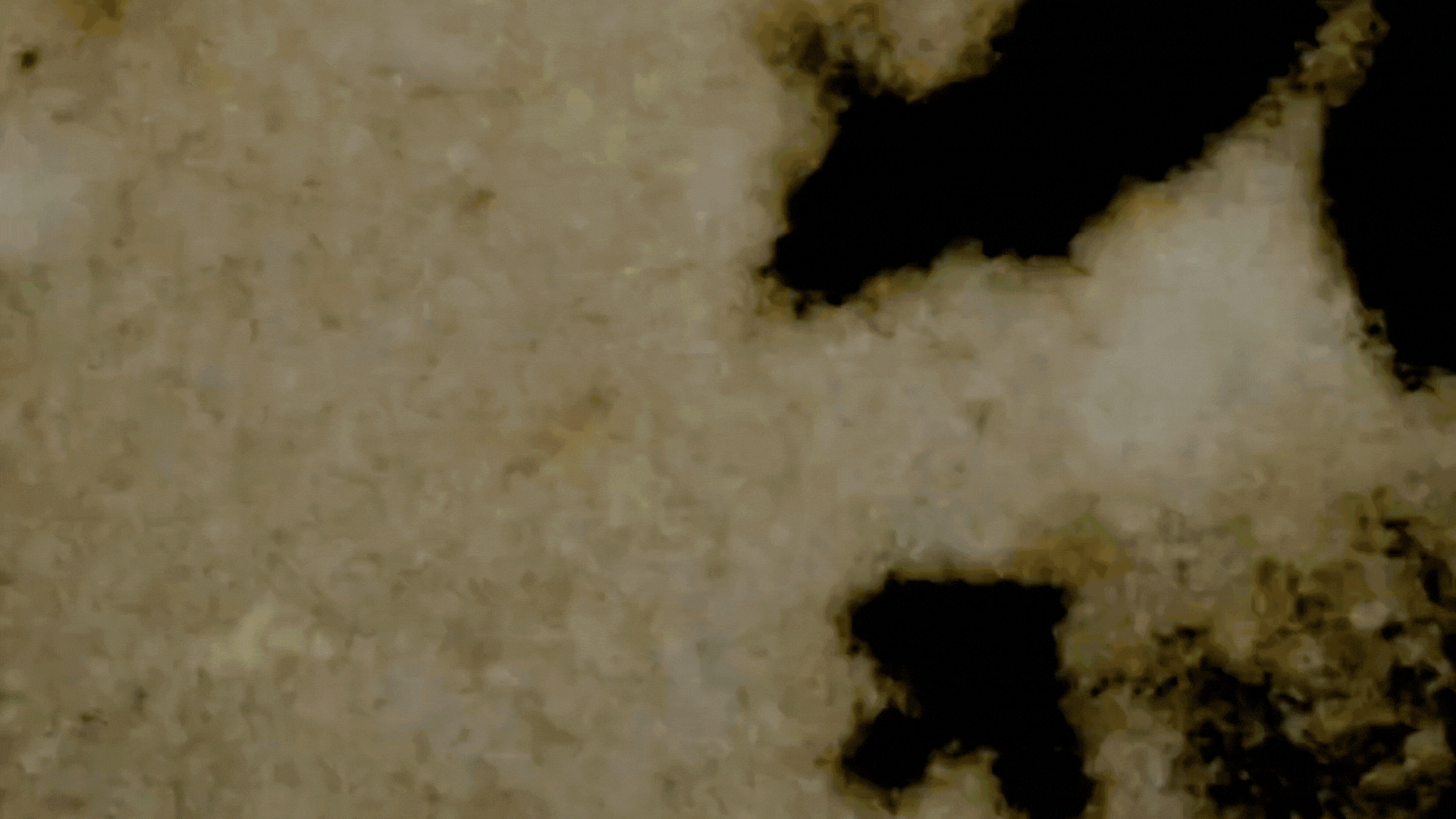
On Ghosts and The Moving Image: Edward George’s Black Atlas

Confronting the Absence of Latin America in Conversations on African Diasporic Art

On Exile, Amulets and Circadian Rhythms: Practising Data Healing across Timezones
Read more from
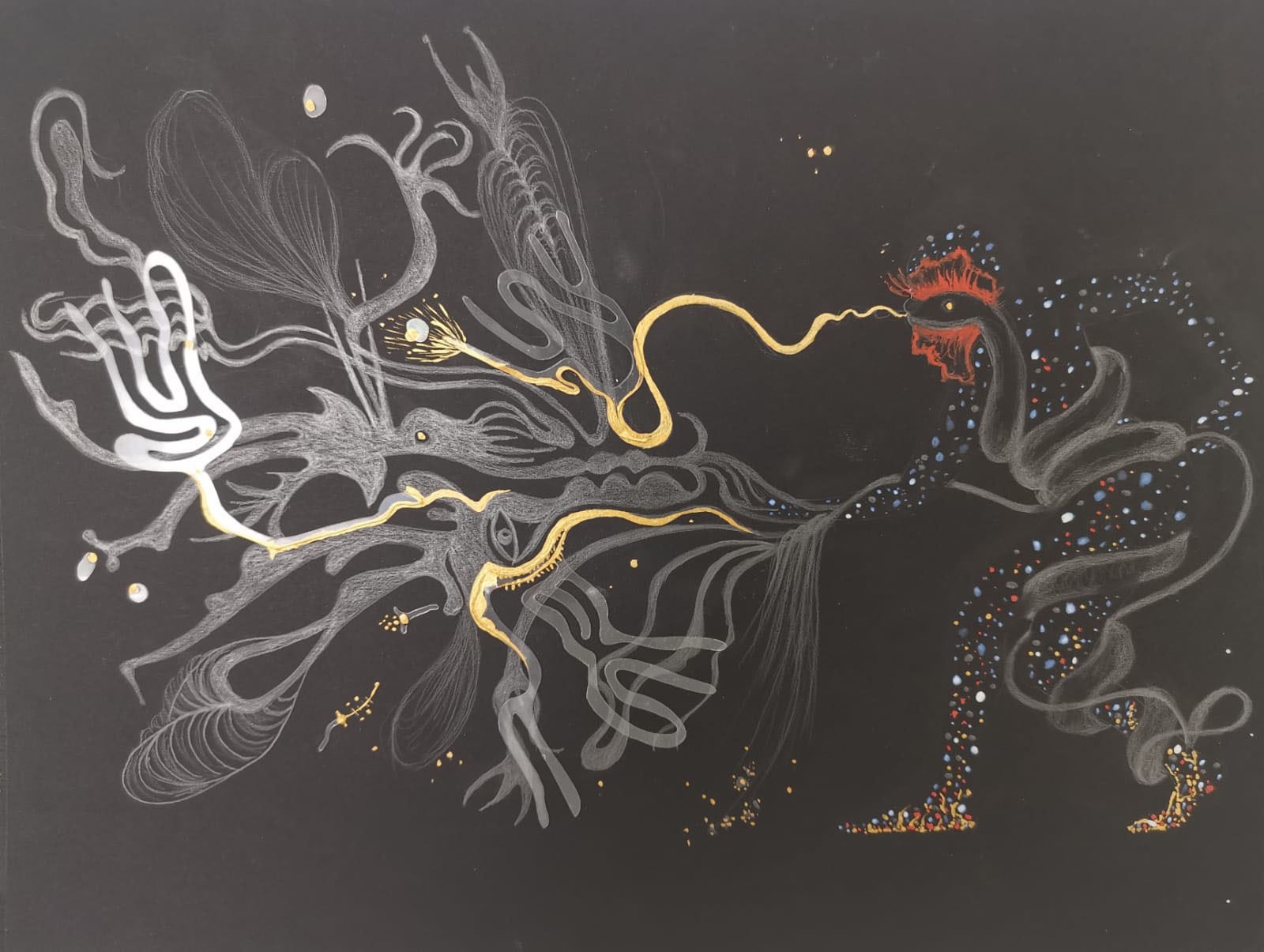
The Spiritual Technologies of Jamaican Maroons
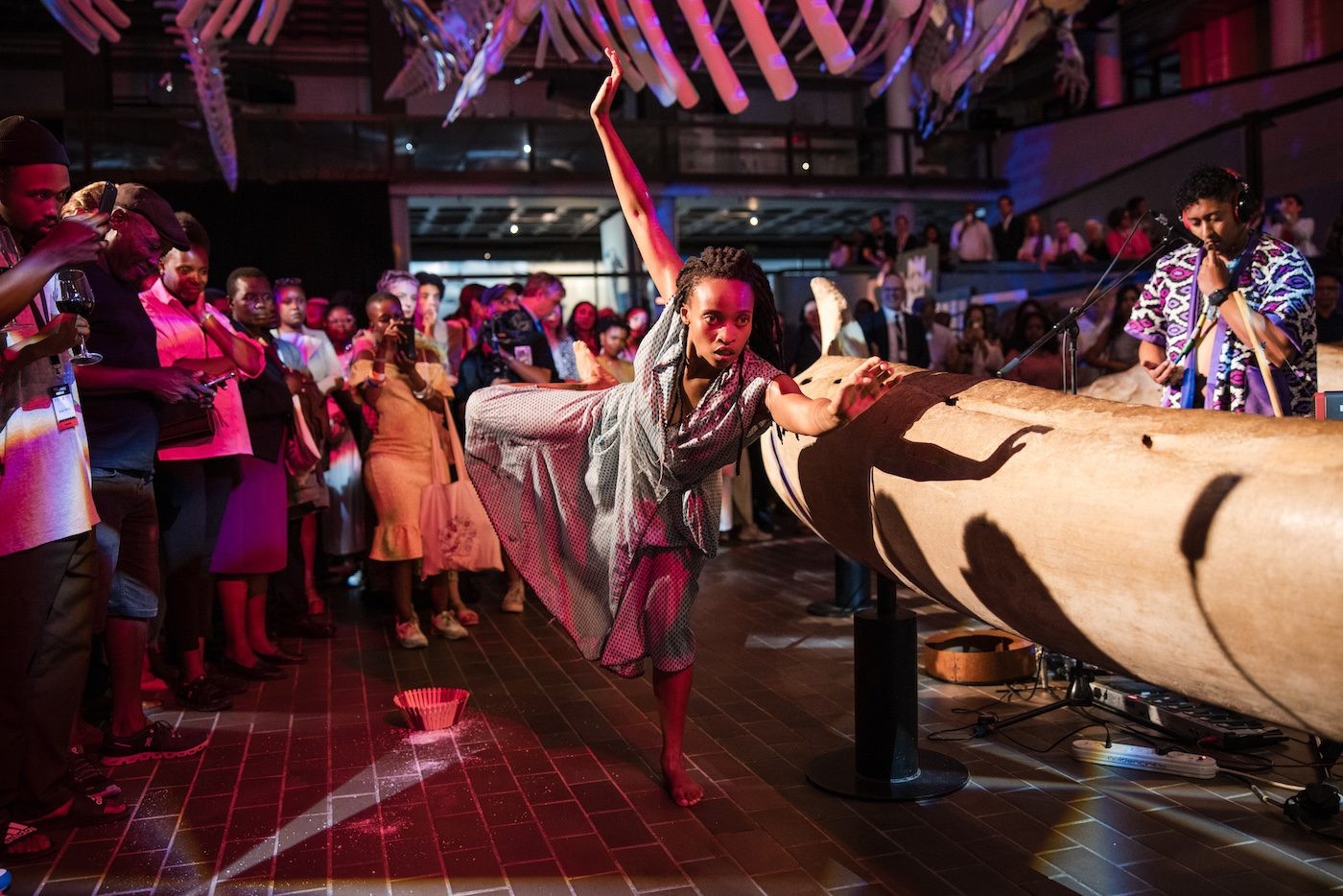
What Needs to be Considered When Running a Museum in (South) Africa?
